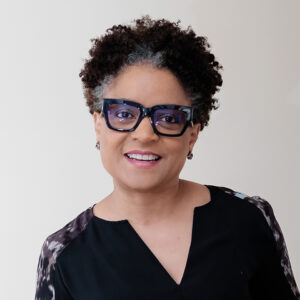The KonMari Method
“The ground of a certain rich man yielded an abundant harvest. He thought to himself, ‘What shall I do? I have no place to store my crops.’
“Then he said, ‘This is what I’ll do. I will tear down my barns and build bigger ones, and there I will store my surplus grain. And I’ll say to myself, “You have plenty of grain laid up for many years. Take life easy; eat, drink and be merry.”’
“But God said to him, ‘You fool! This very night your life will be demanded from you. Then who will get what you have prepared for yourself?’
“This is how it will be with whoever stores up things for themselves but is not rich toward God.”
Then Jesus said to his disciples: “Therefore I tell you, do not worry about your life, what you will eat; or about your body, what you will wear. For life is more than food, and the body more than clothes.”
Luke 12:16-23
Marie Kondo has started a movement that is spanning the globe, by way of Netflix. Her show, Tidying Up With Marie Kondo, is an extension of her best-selling book, The Life-Changing Magic of Tidying Up. In both the book and the Netflix series, Marie Kondo introduces us to the KonMari method. Have you seen the series? Have you read the book?
 In the book, and on the Netflix series, Marie Kondo guides families through a process of getting rid of material items that no longer serve them well. Each family member starts by taking all of their clothing out of their closets, their drawers, and other storage places, and piling everything on their bed. Faced with a mountain of clothes can feel overwhelming, especially when Marie Kondo tells her clients their task is to only keep the clothing items that “spark joy” and discard the rest, being sure to thank the discarded items for their service in the past. And that’s just the beginning.
In the book, and on the Netflix series, Marie Kondo guides families through a process of getting rid of material items that no longer serve them well. Each family member starts by taking all of their clothing out of their closets, their drawers, and other storage places, and piling everything on their bed. Faced with a mountain of clothes can feel overwhelming, especially when Marie Kondo tells her clients their task is to only keep the clothing items that “spark joy” and discard the rest, being sure to thank the discarded items for their service in the past. And that’s just the beginning.
Of course, as with just about any new pop-culture phenomenon, the show, the book, and the KonMari method all have their naysayers, their detractors, and their haters. But no matter how one might feel about the KonMari method and its impact on the pop-culture scene, I think we’d all agree there comes a time when we look at all the stuff we’ve accumulated and we either decide to build a bigger barn or face the fact that we’ve accumulated more than we could ever want or need.
When that happens, what should we do? Apparently, according to the passage today, building a bigger barn is probably not the best, first choice. I’m not saying we need to give everything away, or pile a mountain of clothing on our beds. But how do we keep from wanting a bigger barn? How do we know when enough is enough? It’s hard to know for sure, but a good place to start is with gratitude. Marie Kondo tells her clients to thank the items they discard, and there may be something to that. I don’t know. But I do know there is something very valuable in taking a minute—before a meal, at the end of a day, at the beginning of a new year—to thank God for health and strength, for our favorite easy chair, for the breath in our lungs, for the love around the dinner table and the food on that same table. Gratitude makes it easier to let go of what we don’t need and find more value in what we already have.
Something to Do:
Wherever you are, look around and make a list (on paper, or in your head) of all the things you can see that you are thankful for.
Something to Think About:
Why do we like to hold on to certain items? What memories are attached to the items you value most? Can you let the item go, and keep the memory? Why, or why not?

Deidra Riggs
Writer & Author
Deidra Riggs is a national speaker, an editor, and the founder and host of Jumping Tandem: The Retreat, a bi-annual event for writers, authors, and entrepreneurs. She is a storyteller who creates safe space for navigating...


